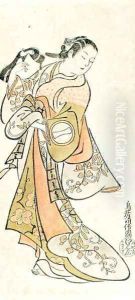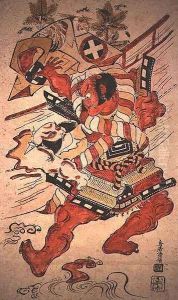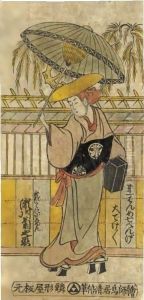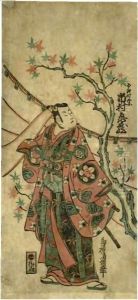Torii Kiyomasu II Paintings
Torii Kiyomasu II was a prominent Japanese ukiyo-e artist known for his contributions to the Torii school of Japanese woodblock printing. Born in 1706, Kiyomasu II continued the legacy of the Torii school, which was established by his predecessors in the late 17th century. The school was closely associated with the kabuki theater, producing vibrant posters, actor portraits, and scenes from popular plays that captivated the Edo period's urban populace.
Kiyomasu II's works are characterized by their dynamic compositions, bold use of color, and the elegant portrayal of kabuki actors. His style evolved from the earlier works of the Torii school, incorporating more refined lines and a subtler use of color, which set new standards within the genre of actor prints. He played a significant role in the development of the 'benizuri-e' technique, which allowed for the printing of woodblock prints in a limited palette of colors, a precursor to the full-color 'nishiki-e' prints that would dominate the genre later in the century.
Throughout his career, Kiyomasu II's artistry not only served to promote the kabuki theater but also to immortalize its actors and their performances, capturing the ephemeral beauty of the stage and contributing to the celebrity culture surrounding kabuki stars. His works were instrumental in popularizing the ukiyo-e style beyond the confines of Edo (modern-day Tokyo), influencing subsequent generations of artists.
Kiyomasu II's legacy is preserved in numerous collections worldwide, where his prints continue to be admired for their historical value and artistic merit. Despite the challenges of preserving woodblock prints, which are prone to fading and damage over time, his contributions to the ukiyo-e tradition and the visual culture of the Edo period remain invaluable. He passed away in 1763, leaving behind a body of work that continues to be studied and appreciated for its impact on Japanese art and the ukiyo-e genre.



